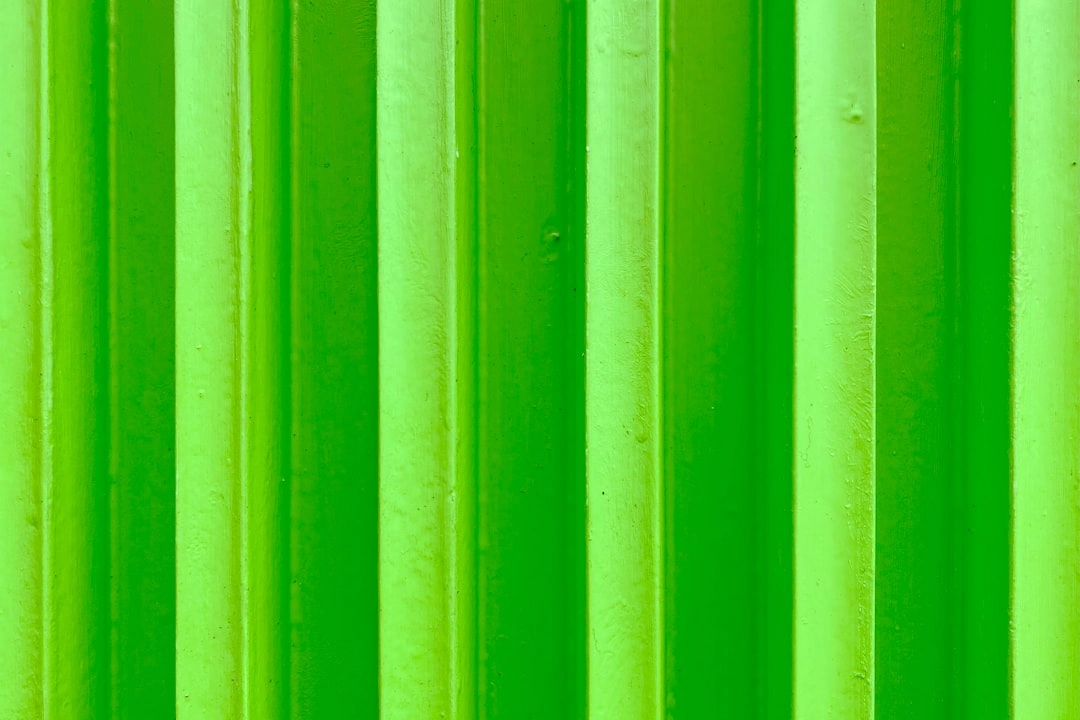
What is Green Solutions in Aerial Drone Technology?
Green solutions in aerial drone technology refer to the application of environmentally-friendly drone systems for conducting various tasks related to environmental monitoring and conservation efforts. These drones are equipped with advanced sensors, cameras, and other tools that allow for efficient data collection and analysis in a way that minimizes harm to the environment.
Real-World Problems Associated with Green Solutions in Aerial Drone Technology
While aerial drone technology has immense potential for revolutionizing environmental monitoring and conservation, there are several real-world problems that need to be addressed:
1. Limited Flight Time and Range:
Most drones have limited battery life, which restricts their flight time and range. This can be a challenge when conducting extensive surveys or monitoring large areas. Additionally, drones may need to return to their base for recharging, leading to interruptions in data collection.
2. Safety and Collision Risks:
Operating drones in the airspace can pose safety risks, especially when there are other aircraft, birds, or people in the vicinity. Collisions with birds or other drones can not only lead to equipment damage but also result in harm to the environment or individuals nearby.
3. Data Processing and Analysis:
Collecting vast amounts of data through drones is one thing, but properly processing and analyzing the data is another challenge. Efficient algorithms and data management techniques are required to extract valuable insights and make informed decisions for environmental monitoring and conservation.
4. Regulatory and Legal Hurdles:
The use of aerial drones for environmental purposes can be subject to regulatory restrictions and legal hurdles. Obtaining the necessary permits and complying with aviation and privacy laws can be a complex and time-consuming process that can hinder the widespread adoption of drone technology.

Solutions for Green Solutions in Aerial Drone Technology
To address the real-world problems associated with green solutions in aerial drone technology, several solutions can be implemented:
1. Improved Battery Technology:
Investing in research and development for more advanced battery technology can help increase flight time and range for drones. Longer-lasting batteries or alternative power sources such as solar panels can significantly extend the operational capabilities of drones.
2. Collision Avoidance Systems:
Implementing collision avoidance systems, such as proximity sensors and automated maneuvering capabilities, can enhance drone safety and reduce the risk of collisions. These systems can detect and avoid obstacles, ensuring safer operation and protecting the environment as well.
3. Advanced Data Processing and Analysis:
Developing powerful algorithms and data management techniques can streamline the processing and analysis of data collected by drones. This can enable faster identification of patterns, trends, and anomalies, leading to more effective decision-making for environmental monitoring and conservation efforts.
4. Streamlined Regulations and Collaboration:
Working closely with regulatory bodies and stakeholders to establish clear and streamlined regulations for drone operations in environmental monitoring and conservation is essential. Collaborative efforts can ensure compliance with existing laws while addressing any specific concerns related to drone usage for environmental purposes.















